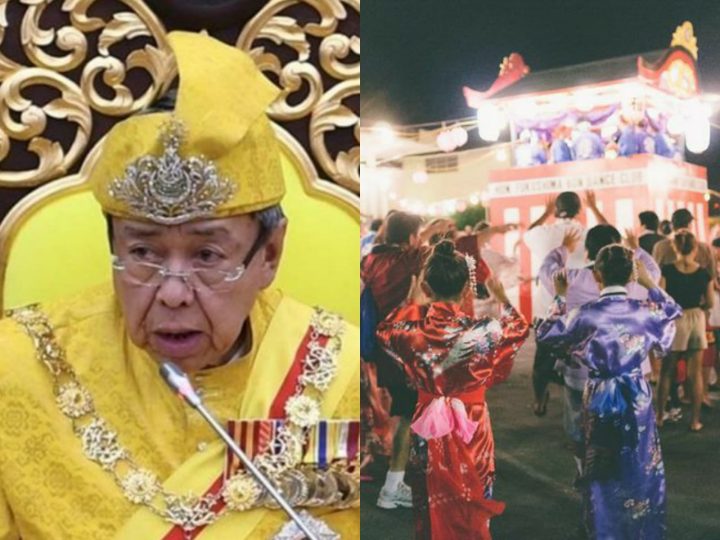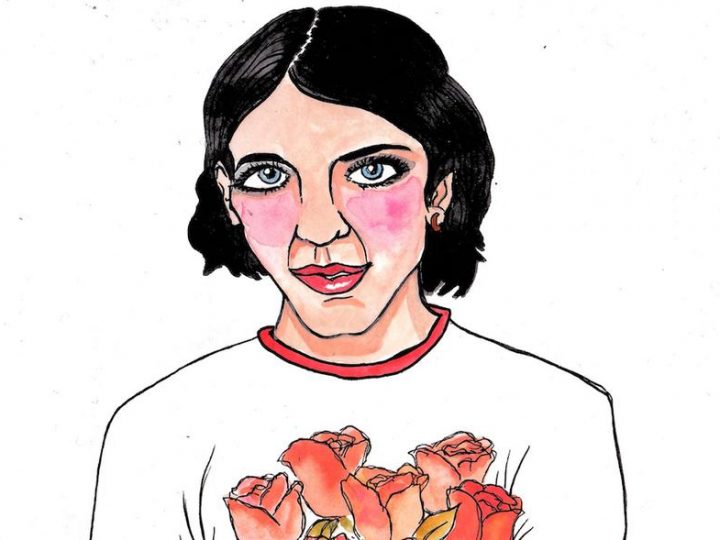Religious Origins, Magical Traits & More: Here Are 5 Cutting-Edge Facts About The Traditional Keris
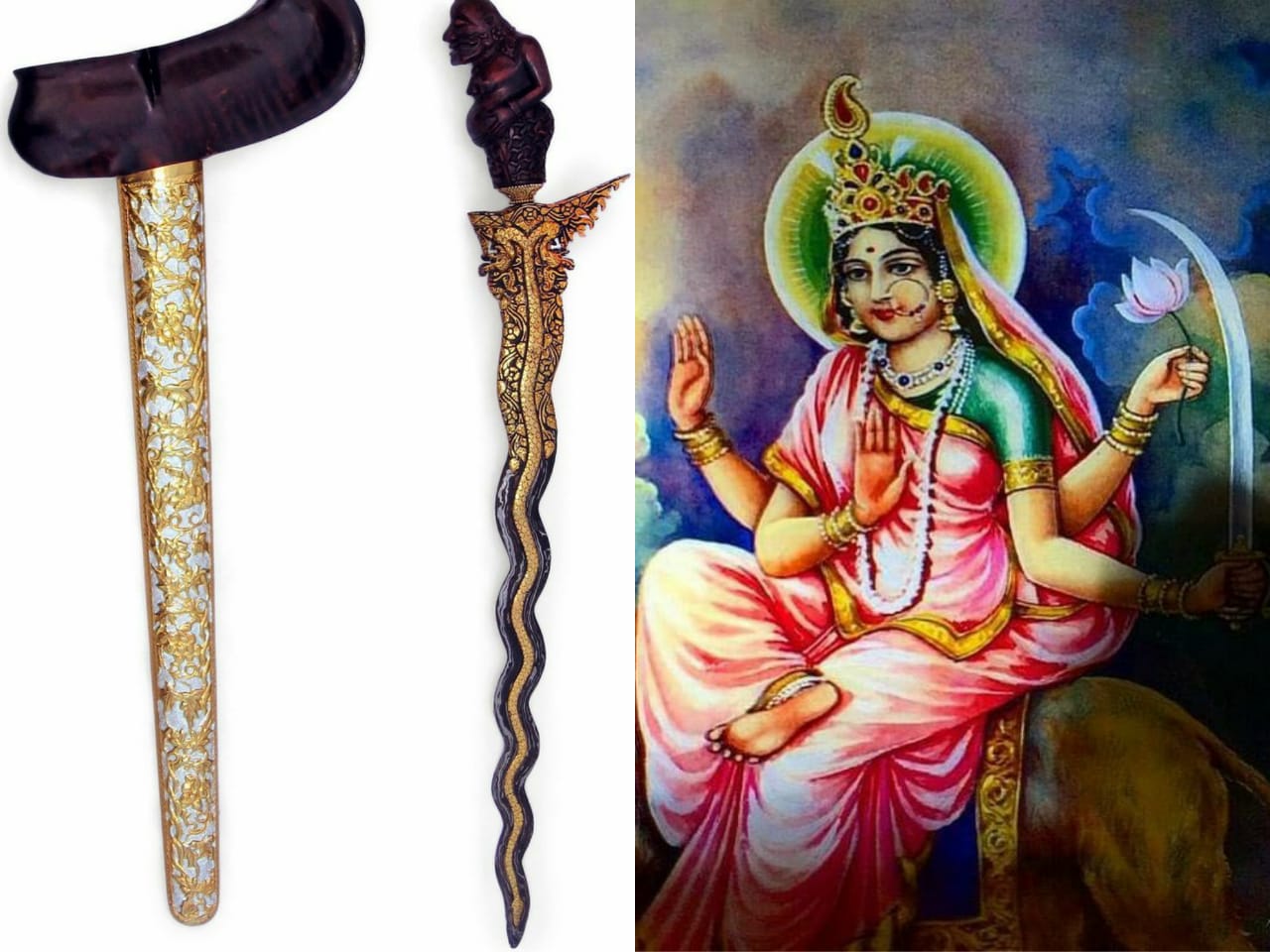 Thirsty for JUICE content? Quench your cravings on our Instagram, TikTok and WhatsApp
Thirsty for JUICE content? Quench your cravings on our Instagram, TikTok and WhatsApp
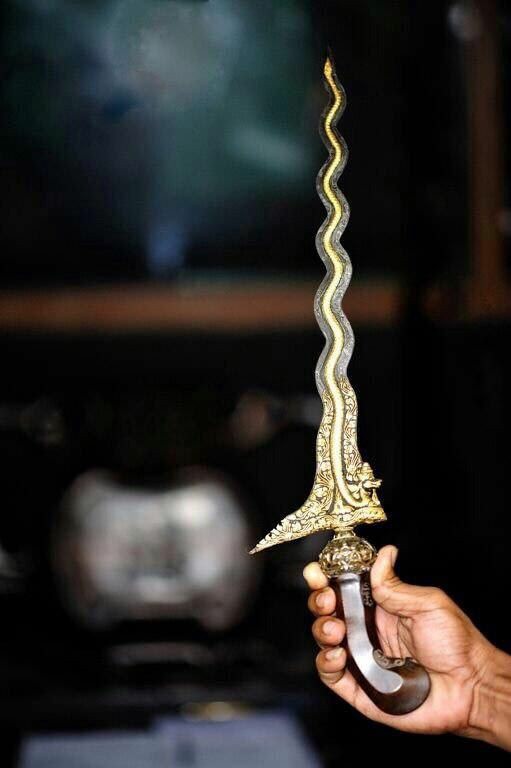
The Malaysian keris is a traditional dagger that plays a significant role in Malay culture, especially in ceremonial dress.
Traditionally, the weapon’s blade may vary from straight to curvy – but either way its narrow structure usually creates intense wounds or impalements from which victims rarely recover.
Even so, the keris isn’t used solely for combat. In fact, its true origins date back to the 14th century and carry multiple symbolic attributes pertaining to many Southeast Asian cultures.
Here’s a list of facts about Malaysia’s beloved spiritual dagger; I hope you’re sharp enough to understand them all:
1. The early versions were called kadga and pale in comparison to modern daggers
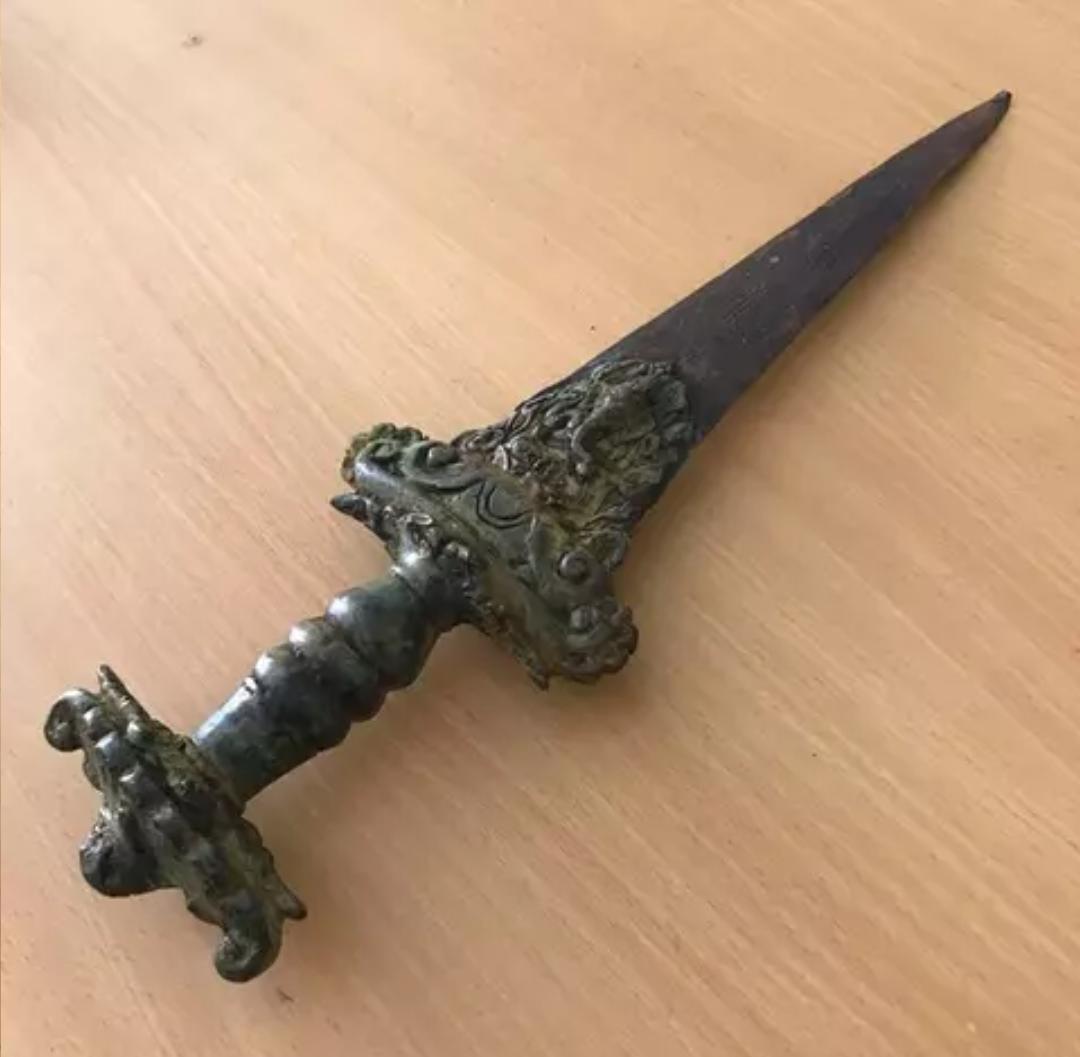
As seen at the Sonobudoyo Museum in Yogyakarta, the first forms of the keris, called the kadga, were much more subtle, dull and fragile-looking.
But don’t be fooled – these were preserved from the Paleolithic age, and the unassuming rusty surface of the blade could heist a life just as quickly and seamlessly as new, shiny versions of the dagger.
Some of them were double-edged, as pictured below, and commonly paired with shields made of wood or animal hides, making for optimum protection.
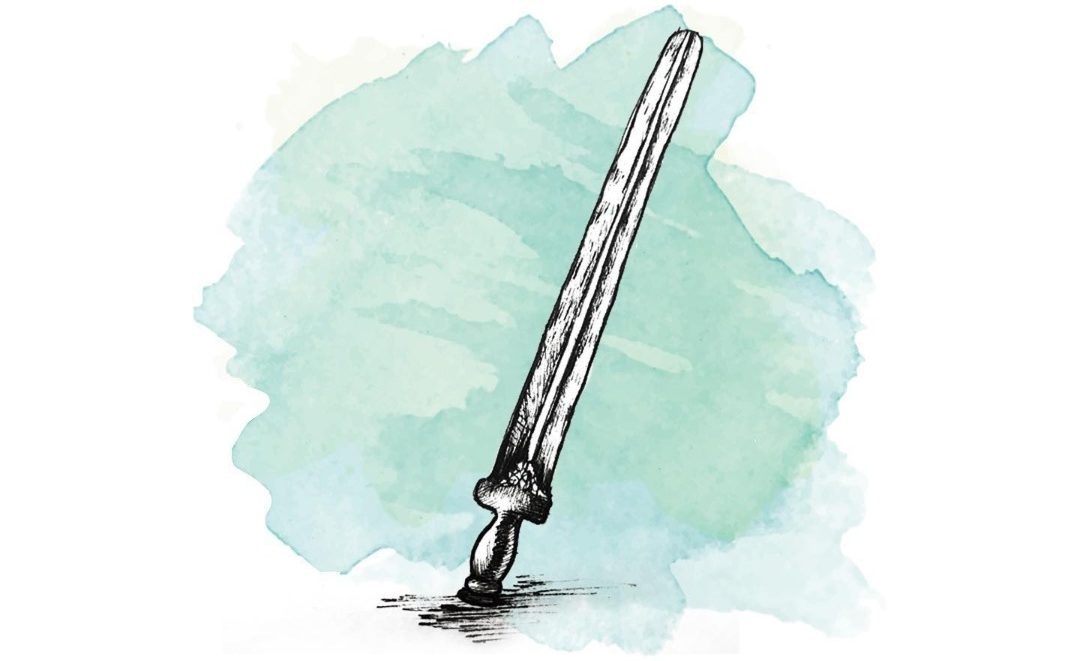
2. It’s mentioned in Hindu religious scriptures
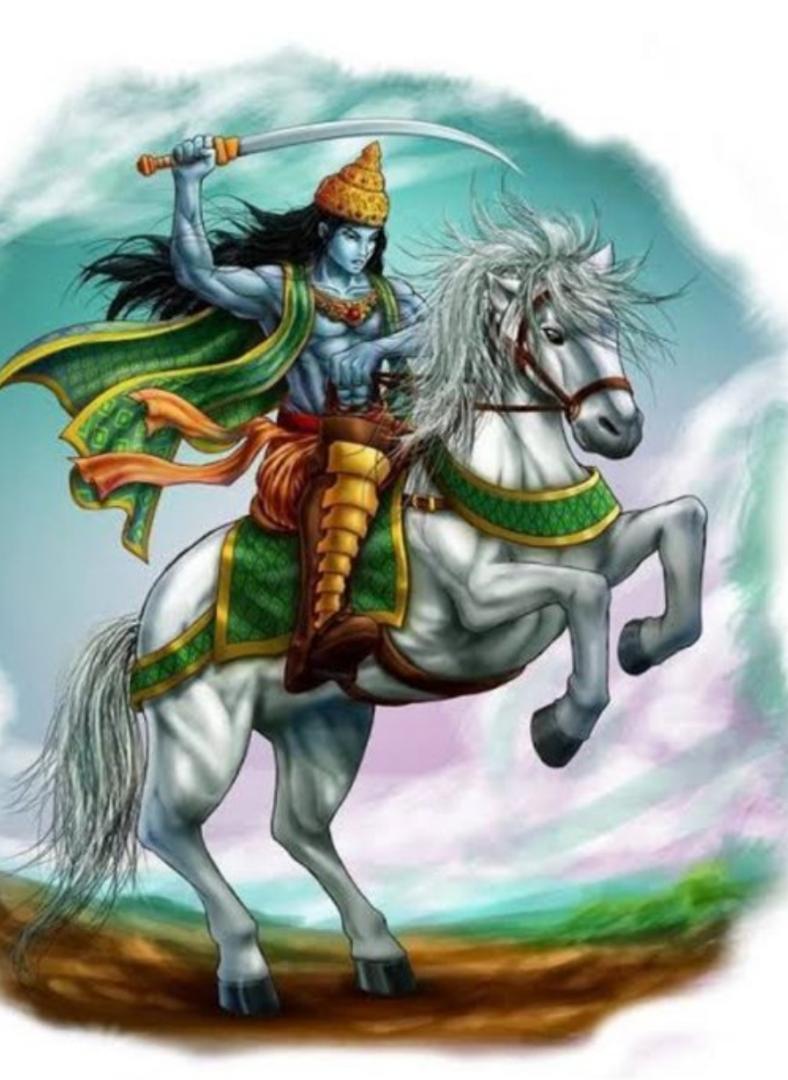
One of the 18 Puranas in Hinduism states that Brahma, the Hindu creator God, crafted the keris as a weapon to fight off demons and protect the earth from their malicious powers.
The sword is referred to as the great Nandaka, meaning ‘source of happiness’.
Brahma gave it to Shiva and he gave it to Vishnu. The three deities are now known as the main triad of the most powerful and oldest Hindu Gods.
The sword was then handed to Indra, the God of Svarga (paradise) and the Devas (celestial beings) who ultimately ridded the Earth of demons.
Some worshippers believe that this was the Vajra, a ritual weapon that could produce electric discharge.
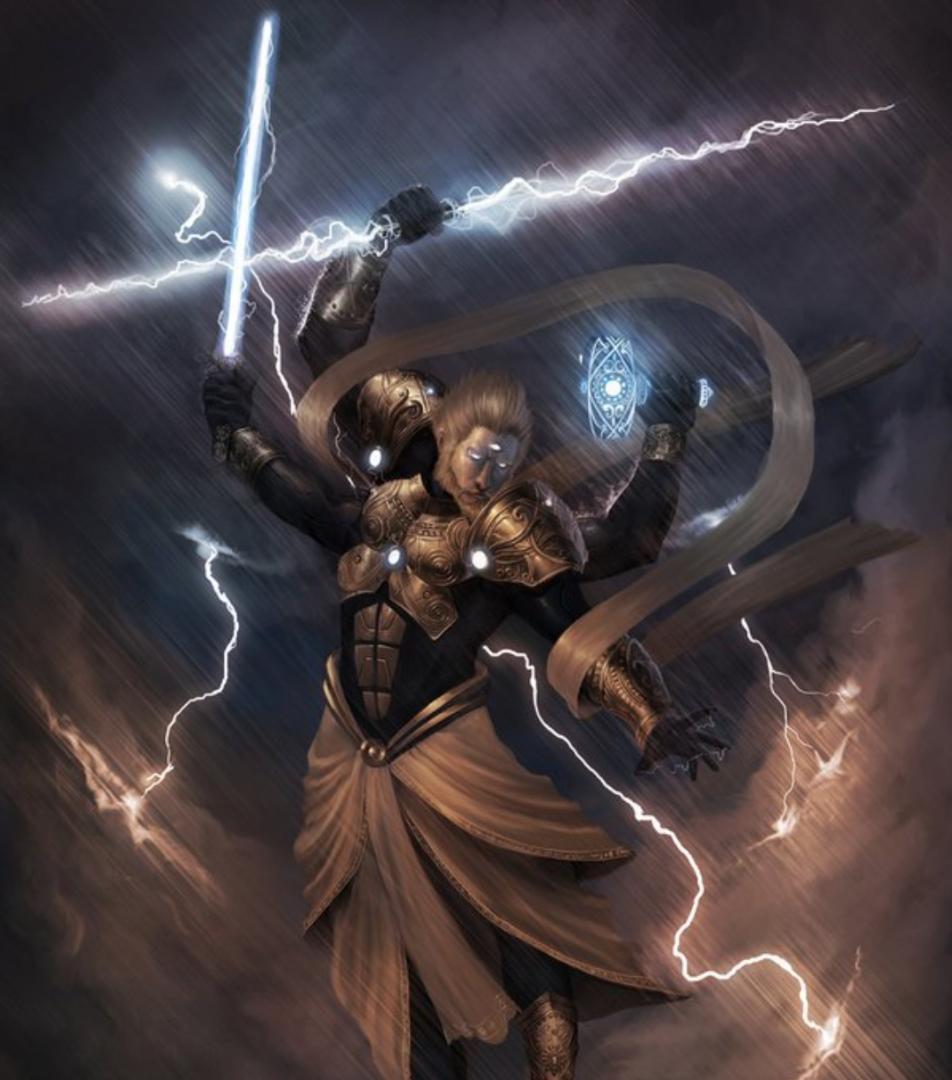
Aesthetically, the sword is commonly portrayed as a broad, parallel-sided weapon with two ragged edges and a point at one end. The true appearance of the sword, however, has never been stated explicitly in Hindu literature.
Scriptures only mention it was fifty thumbs long and four thumbs wide, and was meant to be wielded on the left side.
In modern Hindu faith, it is a weapon possessed by Goddess Durga and Lord Shiva’s most fervent incarnations, as an emblem of spirituality and destruction of gullibility.
3. Some of them were longer, and much more sword-like

The lengthy versions of the keris existed outside of Hindu literature too.
Back when they were still called kadga, the weapons were commonly long and resembled cutlasses rather than daggers.
These types of swords were specifically referred to as Pedang Nandaka Kadga and had downturned points, suitable for stabbing.
Their lengths diminished naturally over time, with continuous use in combat and hunting, as well as the points of the blade dragging across harsh floors when wielders carried them by hand, as the weapons were far too heavy to hold upright at all times.
Later on, the keris was created, purposefully shorter and easier to tuck into scabbards, like the ones we see today.
4. They had magical properties

To name a few of the keris’ magical traits, older Malay societies believed that the dagger was able to tame or downplay other magical items, soothe or ward off viscous entities and protect them from black magic and witchcraft.
Some also believed that having the dagger in one’s home would aid them in banishing negative spirits and preserve their personal or spiritual spaces such as meditation or prayer rooms.
This belief is shared by most Buddhist and Hindu faiths, especially across Nepal, where the dagger is called Kukri.
5. They’re considered sacred heirlooms in Java

The hype towards the kris (keris) had arisen in Java during the Majapahit Empire, where it was used for religious purposes instead of battle.
The smiths’ abilities were thought to be mystical, therefore the kris is revered as extremely precious and meaningful heirlooms.
Due to their positive and rare nature in Javanese societies, the weapon was, and still is considered a symbol of reverence and respect.
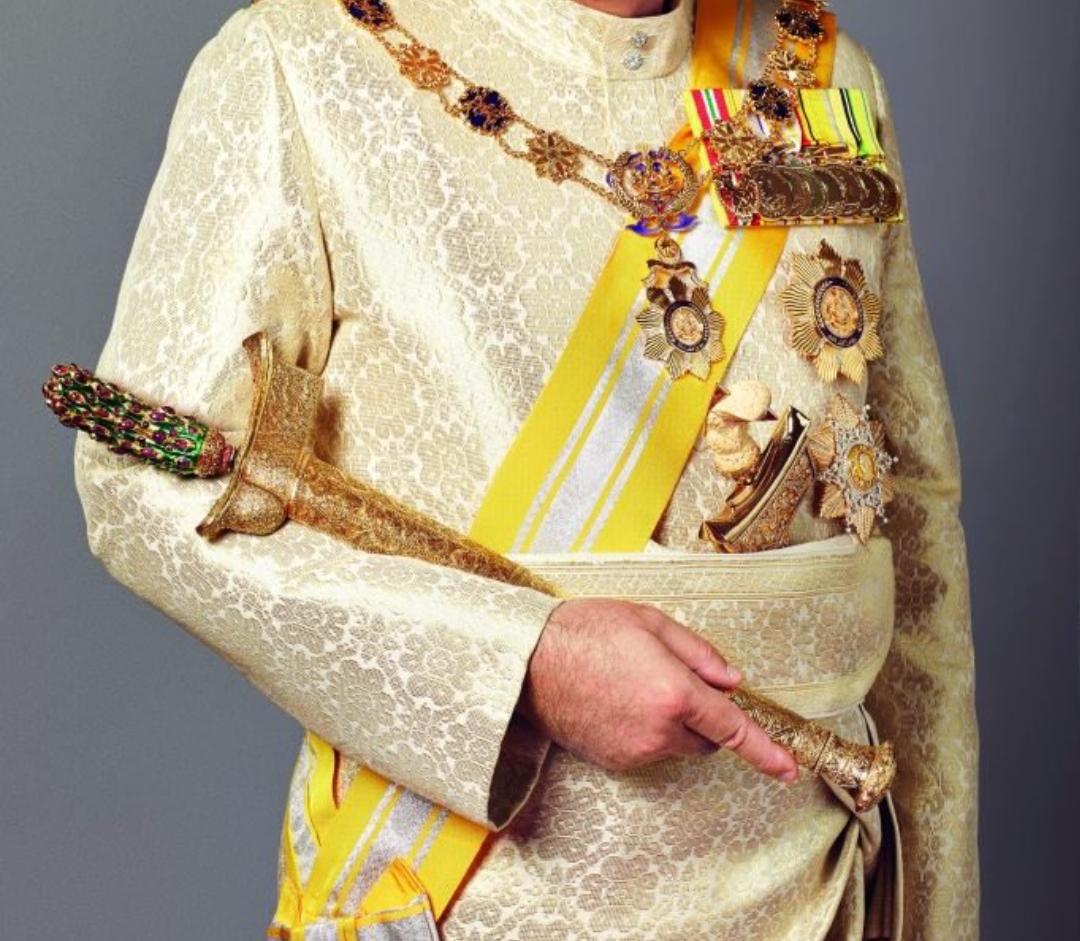
This is similar to the current image of the keris in Malaysia, now a status symbol for Malay royalty and dignitaries.
Thanks for reading!
If there’s a point to be made, it’s that our cultures are connected by history and that’s what makes Malaysia the colourful place that it is.


 Get Audio+
Get Audio+ Hot FM
Hot FM Kool 101
Kool 101 Eight FM
Eight FM Fly FM
Fly FM Molek FM
Molek FM